How To Grow Gypsophila |
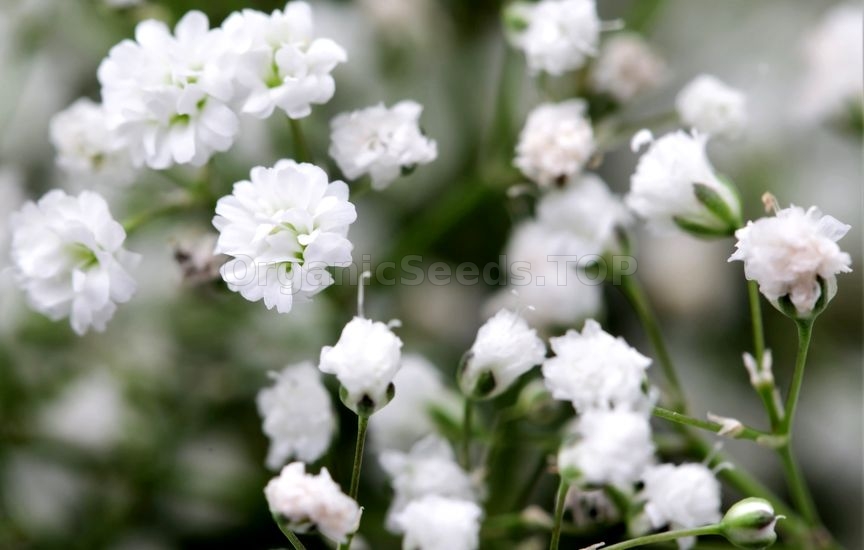 Besides roses, Gypsophila – due to its graceful appearance – is one of the most charismatic plants. Not only does this plant decorate every bouquet in its own special way, it also beautifies every flower bed. On a big scale Gypsophila can grow in bare areas and can be combined with almost every other kind of flower. There are two options for every gardener: Gypsophila which grows upright and Gypsophila which is more of a crawling nature. This crawling Gypsophila is also known as ribbed Gypsophila.  Plant Profile
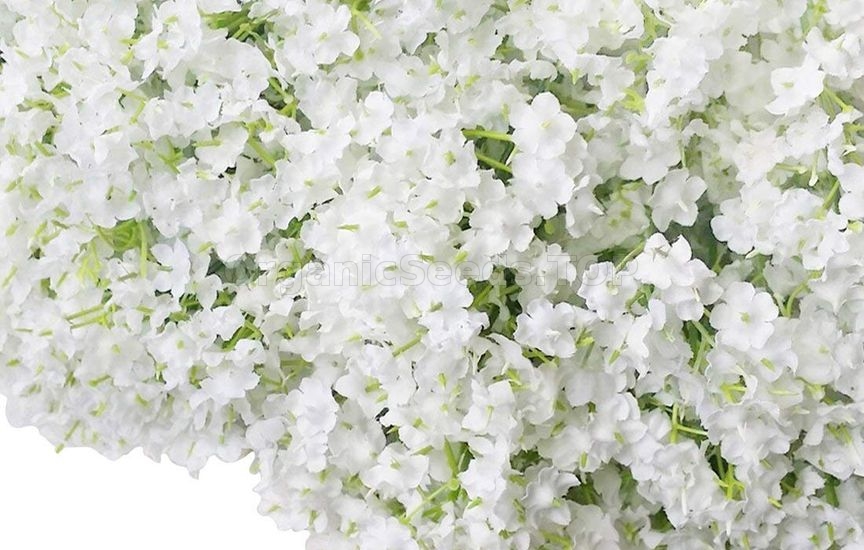 Gypsophila is a typical East European plant, which spreads to the areas in west Siberia and has made its way to our latitudes. In Central Europe Gypsophila can be found in Austria and Germany. Especially Mecklenburg-Pomerania, Brandenburg and the Italian South Tyrol are home to this plant. Its preferred ground to grow on is sandy areas on which it runs to seed, also on sandy grasslands. In this care instructions manual you can find all important points for an optimal cultivation and nursing of Gypsophila. Care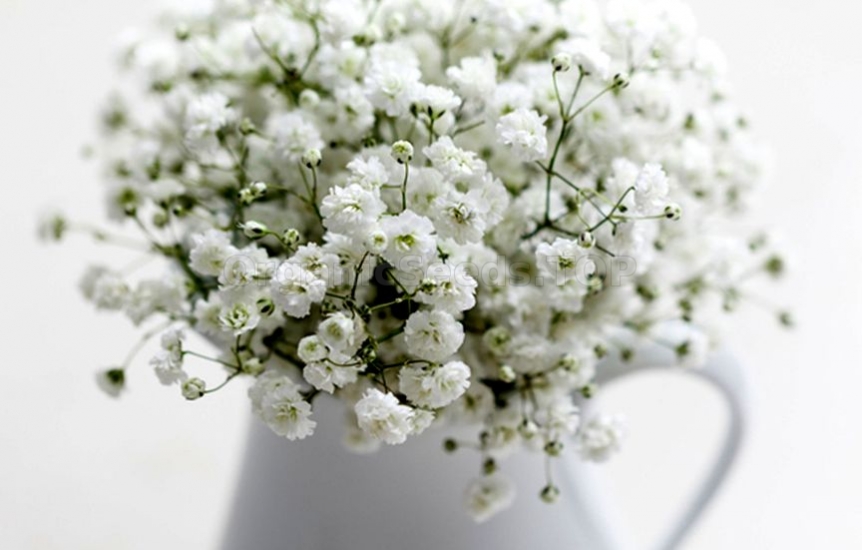 Very graceful and at the same time a nice addition to every flower bed: The beautiful baby’s breath. In our region it reaches low to medium heights, but in the American mountains it can reach as high as 1,20 meters. There is only one thing more beautiful than its small white blossoms: the small nuances in rosé.
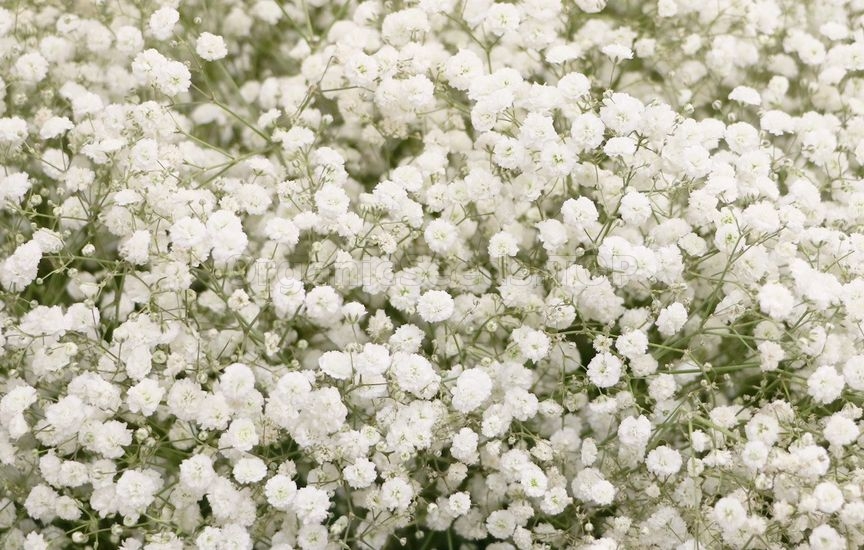 Because it grows rather low most of the times, it was given the name Gypsophila rapens in some regions. What follows is an easy how-to guide which helps you to grow and nurture this beautiful plant in your garden. Location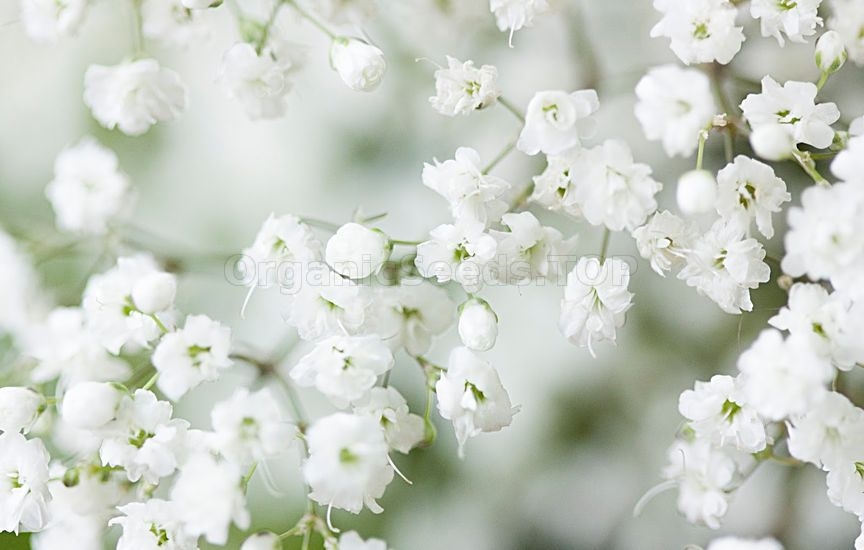 Gypsophila foremost prefers a sandy and warm ground. It is important that it contains chalk and is rather permeable. Warmth poses an important factor for flourishing, this is why Gypsophila often grows in cracks or in stony, dry regions. In order to grow this plant one should choose a semi shady place. Also important: a wind protected place, so the plant does not get damaged by strong winds.
Soil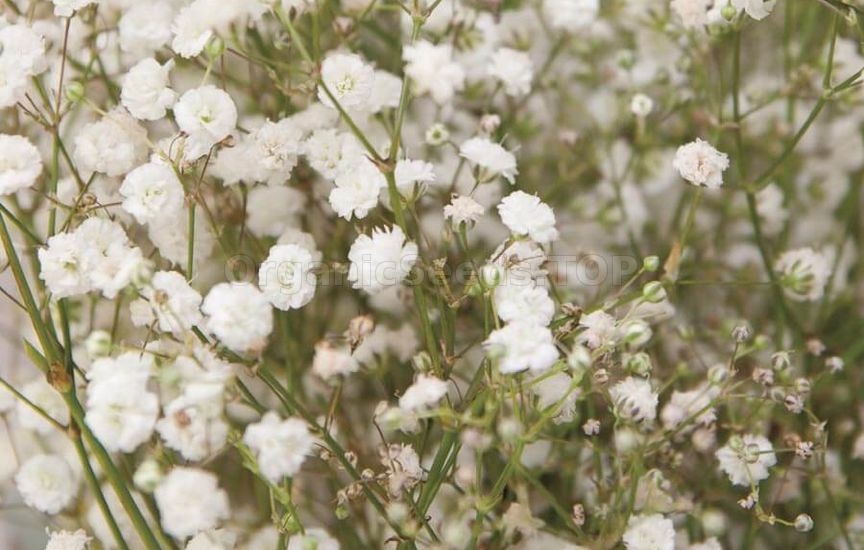 You will not have any success growing Gypsophila on heavy, moist grounds. Therefore, you have to prepare a really sandy ground, which can also contain small pebble stones. These stones will make sure that all rain water can drain and that the plants do not have to deal with overly wet soil. The drier it gets, the better it gets!
Walls or stony joints are optimal. Gypsophila will flourish perfectly in these places. A person who wants to build a stone garden or wants to conceal no so beautiful walls is always right with choosing Gypsophila. The soil should be very low in nutrients. 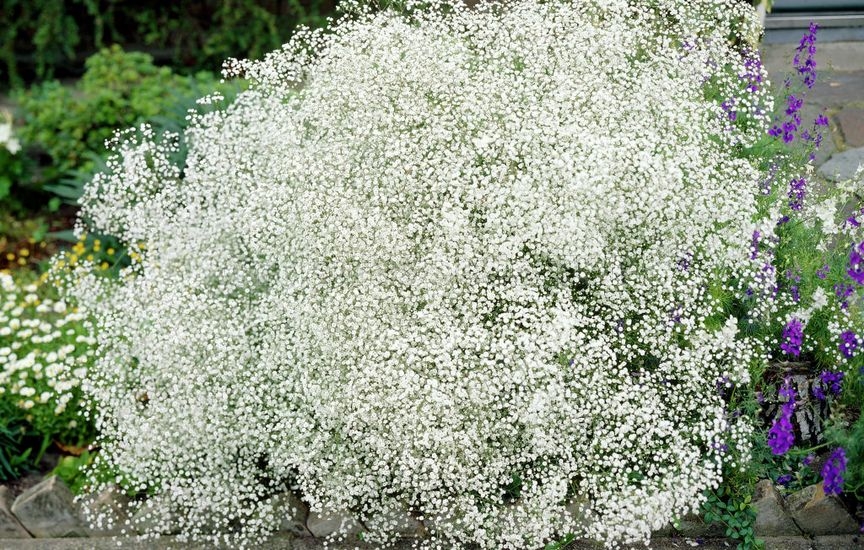 This is the reason why this plant does not grow nearby any other expensive flowers, because these prefer soil high in nutrients. If the soil does not contain enough chalk, it should be enriched with a substrate. If not available you should:
Seeding and cultivation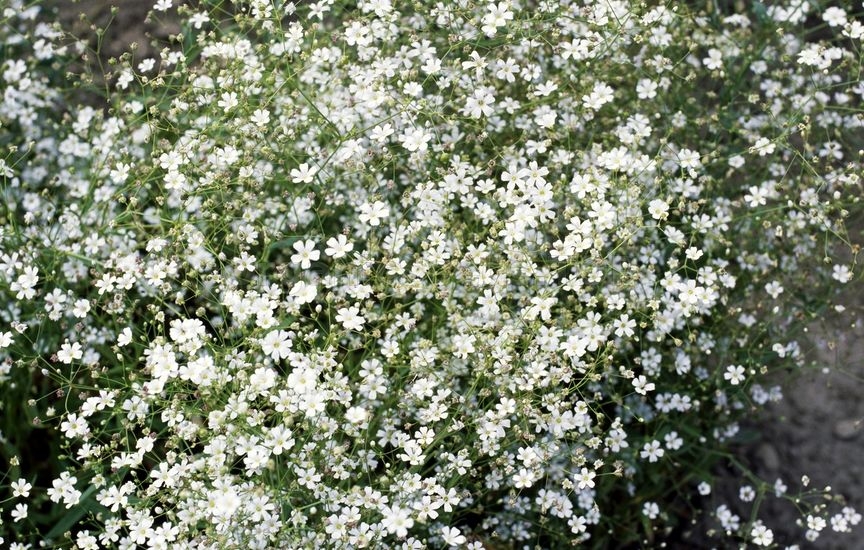 After sowing the seeds have to be covered with a thin layer of soil. After that water it and keep it moist. As an alternative option seeds can be sown in propagator trays or in a cold frame. A bright and warm spot offers the seeds the ideal micro climate to sprout. From the to time the propagator tray should be aired to prevent rotting.
Planting time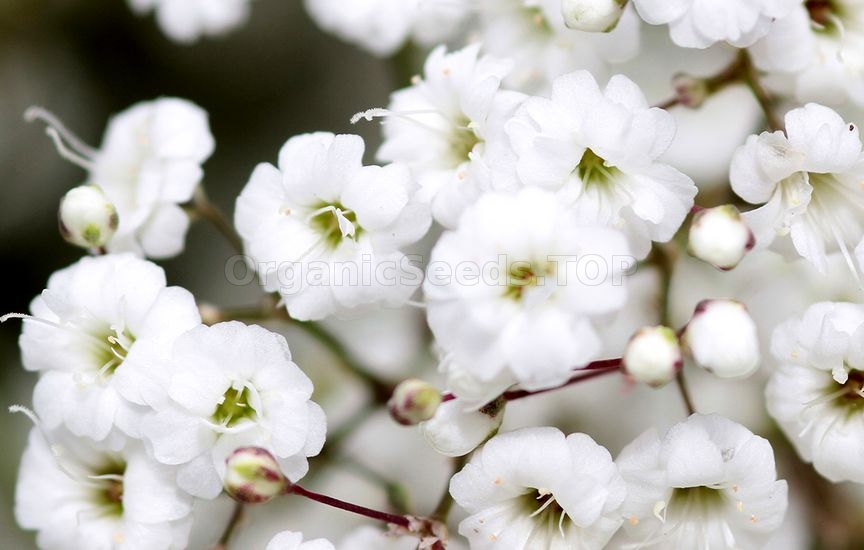 The seeds of Gypsophila are annual and perennial. The seeds are sown outside in March or April. The very small seeds should not be sown too densely, because every single plant will expand during their growth phase. Between April and May Gypsophila can also be cultivated very easily in a greenhouse, bevor it gets planted outside.
Except for frosty months, almost every other month can be used to beautify your garden. Therefore it is rewarding to breed Gypsophila privately. Plants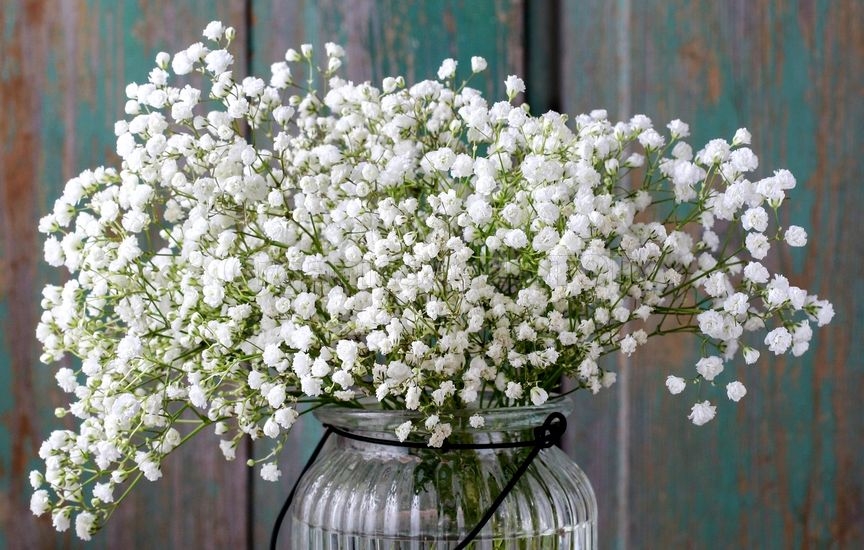 When putting the plants in a pot or moving them to another location, it is crucial to know how much space the plants need. Gypsophila rapens, for example, grows a wide network and there should be around 50 cm of space between each plant for them to optimally expand.
Neighbors of Gypsophila With its individual and low demands for soil, the neighbors of this plants have to be carefully chosen. Centranthus is a type of plant which are similar in demands and growth aspects. Small, tender plants with enchanting blossoms can enrich the flower bed of Gypsophila.
Also Mediterranean herbs like sage lavender need little water and can be combined. If the plants are bound together, they will not fall apart and form a beautiful sight. Cutting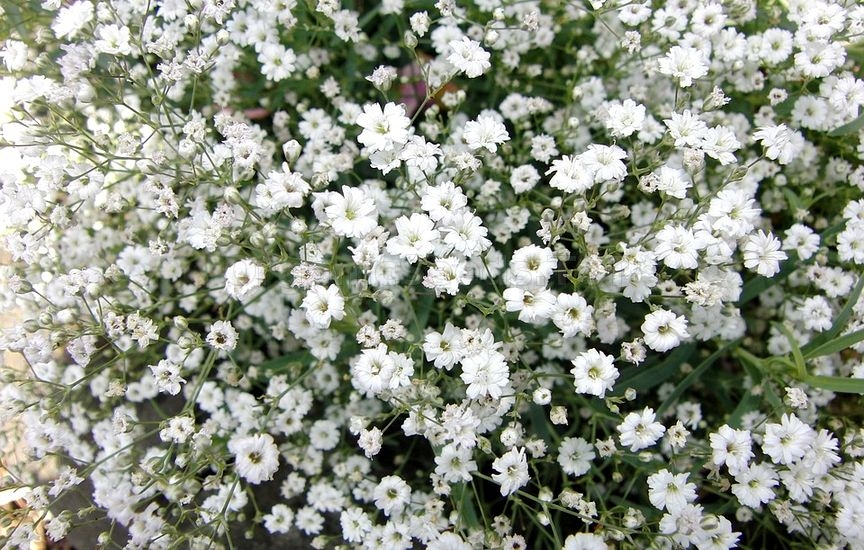 Breeding and cutting go hand in hand when it comes to Gypsophila. If it is necessary to cut these plants, you can use the cuttings for breeding. Plant them in a stone garden next to the mother plant or in a small pot.
Watering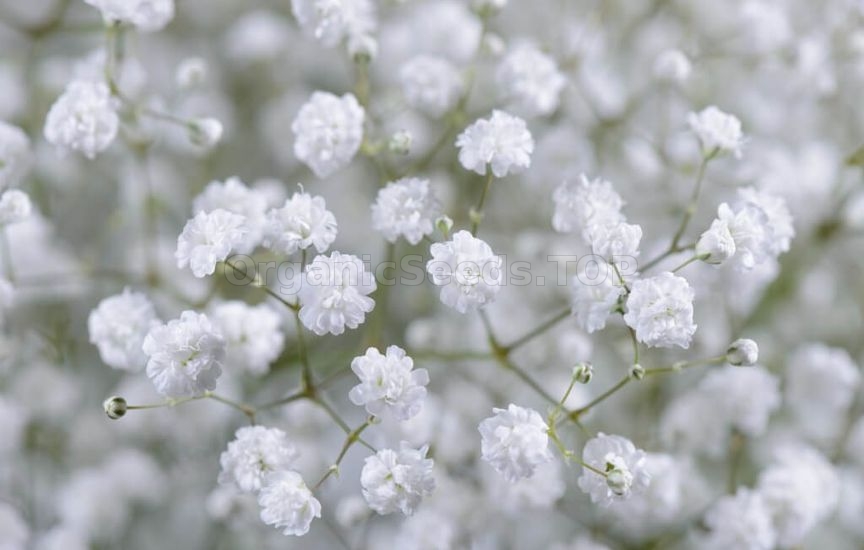 Gypsophila makes it easy for you! This is because you do not have to care for watering or fertilization. Just the opposite is the case here. During long periods of dryness the plants can be watered slightly by hand or by rainfall. You may need:«Miss White» - Organic Gypsophila Seeds |
|
|
